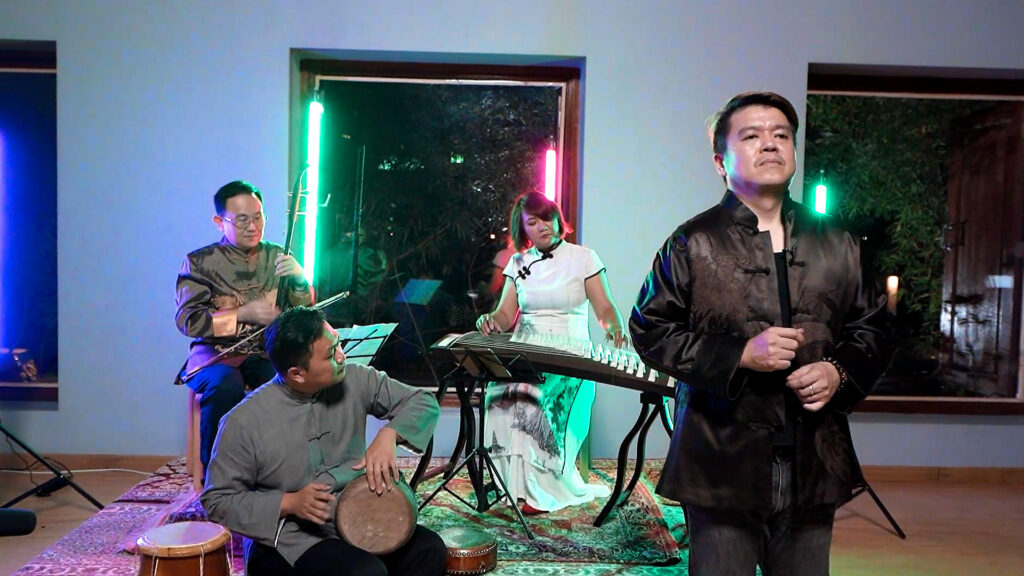TINGKAP PROJECT
"THE SWALLOW"
The Swallow
Performed by Sundal Malam (Stefano Chen, Loretta Tan, Lim Wei Siong), and percussionist Thong Yong How)
As one of the widely circulated songs in the Greater China region from the 1950s to the present, ‘The Swallow’ (Yan-zi) has always been regarded as one of the representative traditional Kazakh folk songs. But its origin deserves some attention. It was considered a folk song from the Kazakh tribe of Xinjiang Province with Kazakh lyrics translated by Aitowarff into Mandrin. In reality, this melody is a folk song from Kazakhstan called Қарлығаш (Qalığaş), which means “swallow” in Kazakh, and is a common girl’s name in Kazakhstan.

In 1944, the Kazakh composers Akhmet Zhūbanov (1906-1968) and Latif Khamidi (1906-1983) needed to create a chorus and dance scene for the female character Қарлығаш (Qalığaş) in their opera Abay. They adapted this folk tune and asked their librettist Mukhtar Auezov (1897-1961) to write additional lyrics in order to stretch out the scene. Their adaptation has since become the popular performing version of this song in Kazakhstan, but it never crossed the border into the Kazakh households in the Xinjiang territory. Next to “Mayila”, this was song that all Kazakh children in Xinjiang Province would have heard from their parents, and rather than the operatic version, they most definitely learned the original unelaborated version, which was what WU Zuqiang (1927-2022) collected and arranged in 1954.
The song is strophic, and Wu has provided each stanza with different figurations, harmonic punctuations, and rhythmic underlining in the piano accompaniment. Normally sung by a tenor, the protagonist in the song is a young man who praises his sweetheart’s many merits and begs her never to be unfaithful to him.
